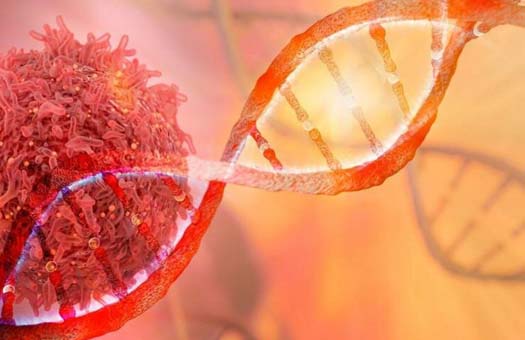Photodynamic Infrared Spectroscopy (PDIS)
Whole Blood, Real Time, Circulating Tumor Cell Testing & Therapy.
The most innovative medical technology that has the ability to Detect the Cancer Cells in the Blood Stream throughout the entire body.
Nowadays, the technology in screening for cancers are becoming more advanced. According to the latest medical studies, it was found that Circulating Tumor Cell (CTC) is considered to be the latest and most innovative technology for cancer diagnostics.

It was found that even though in the initial stage of cancer, some cells can enter the blood stream. Therefore, early detection is essential. Conventionally, poor detection is one of the key reasons why when the symptoms develop, the cancer cells would have already spread to other organs.
Currently, many medical laboratories around the world are trying to detect the cancer cells in blood. Mostly, only 10-200 CC of blood will be collected for cytology and immunology screening to detect the cancer cells. The fact is, randomly blood collected for screening in very small quantity when comparing with the whole blood that circulates in the body is not an effective form of detection channel. Hence, there is a chance that a false negative may occur or the cancer cells might not be detected. This is especially so in cases where circulation of cancer cells in the initial stage are already free flowing and circulating in the body.
Therefore, PDIS technology or Photodynamic Infrared Spectroscopy by Hope4Cancer, the integrative cancer institution, has a unique capability. The test Whole Blood Real Time Circulating Tumor Cell has the ability to detect all cancer cells that are circulating in the human blood system. It is highly efficient and takes only 1 hour to know the results.

Principle of PDIS (Photodynamic Infrared Spectroscopy)
The principle of PDIS states that the cancer cells that circulate in the blood stream are the cells that can be dyed by using some types of photosensitive substance, such as Indocyanine Green (ICG), which is a safe and non-poisonous substance for the normal cells and tissues.
When the substance is infused intravenously, the cancer cells in the blood circulation system will be dyed by the substance. The dyed cancer cells will be detected with the help of the photosensitive substance through the use of the Spectroscope.
During the examination, an instrument will be used to detect the flow in the in the blood vessel for 20 consecutive minutes, which is equivalent to 5-6 liters of circulating blood. The quantity of blood circulating through the checkpoint is equivalent to the quantity of blood that circulates throughout the body. If the circulating blood contains cancer cells, the Spectroscope will record the specific number of cells that it detects inside the patient during the test.
PDIS can destroy the cancer cells through laser therapy.
Once cancer cells are detected in the patient’s blood stream, treatment to destroy the cancer cells can be done immediately at the same time while diagnostics is being carried out. This is done through low-level laser therapy. The cancer cells that are dyed with ICG (the photosensitive substance), when in contact with the laser, disintegrates. The normal cells that are not dyed will not be affected in any circumstances. Therefore, this technique aims to specifically eliminate ONLY the cancer cells directly and is harmless to the normal cells.
Suitable candidates for PDIS
-
For confirmation and reassurance post treatment or therapy:
-
after the surgery
-
chemical therapy
-
radical irradiation therapy
-
other alternative treatments like herbal therapy
-
reflection of tumor behaviors
This is to detect and trace any presence of cancerous cells to mark the success of any of the treatments mentioned. Any tumors that express a malignant spreading trend or if the cancer cells are still present and flowing in the blood stream can be detected effectively by PDIS.
-
For prevention and therapy, especially for the following:
-
Genetic risk
-
High risk activities
-
High risk environment
-
High risk occupation
-
Exposed to radiation, toxins, and chemicals
-
Patients with Hepatitis B
PDIS can effectively pinpoint the stage and disease development rate if cancer is detected or alternatively help preemptively plan for those not diagnosed but at risk. The key is to take immediate appropriate steps no matter the outcome.

Limitations of PDIS
PDIS can examine the following:
-
Detect cancer in the blood stream.
-
Detected the spread.
-
In combination with the use of laser to help destroy the cancer cells in the blood stream that are about to spread or disperse.
However, it cannot tell the exact organ the detected cancer cells originated from.
Hence, if cancer cells are detected during PDIS, patients are advised the following:
-
Should get proper treatment recommendation.
-
Use combination treatment techniques.
-
Strengthen the body’s immune system and mind.
-
Balance and healthy diet.
-
Remove toxins from the body.
The pointers mentioned above can help increase patient’s ability to fight and conquer the battle against cancer.





Sign In
Create New Account